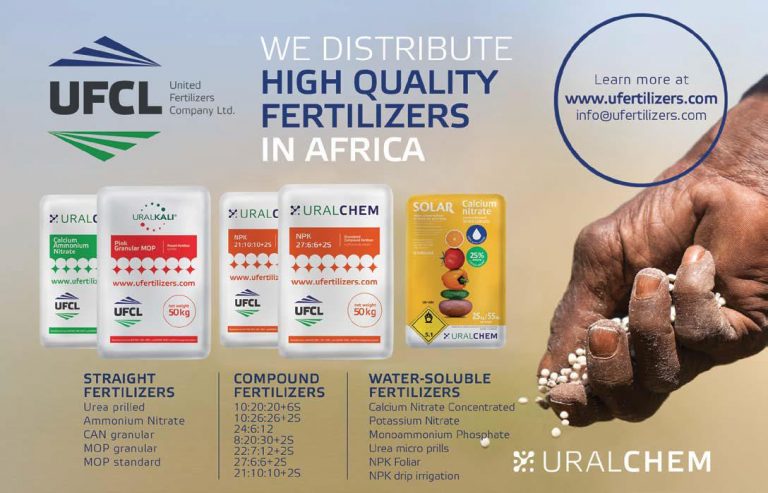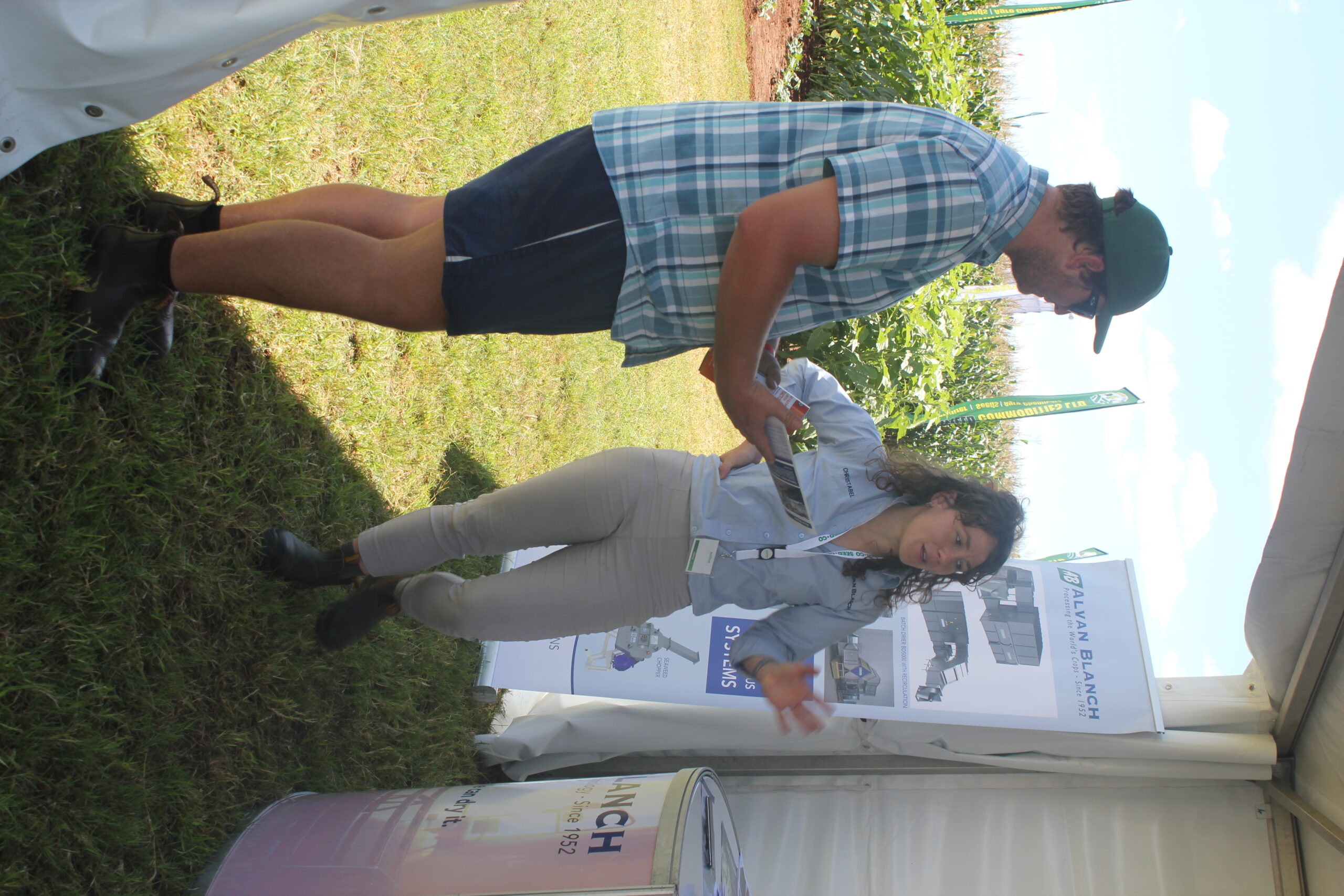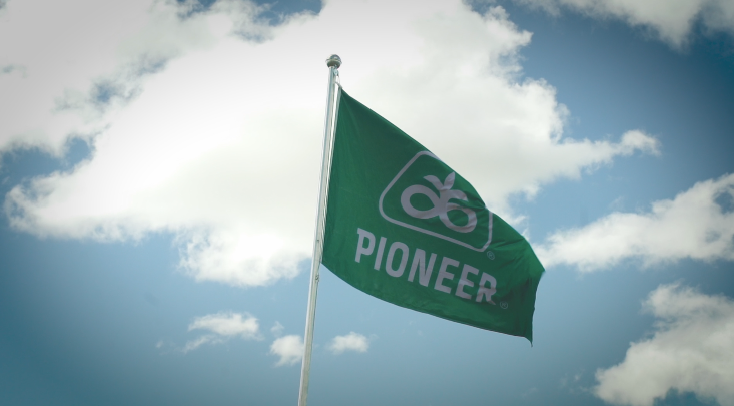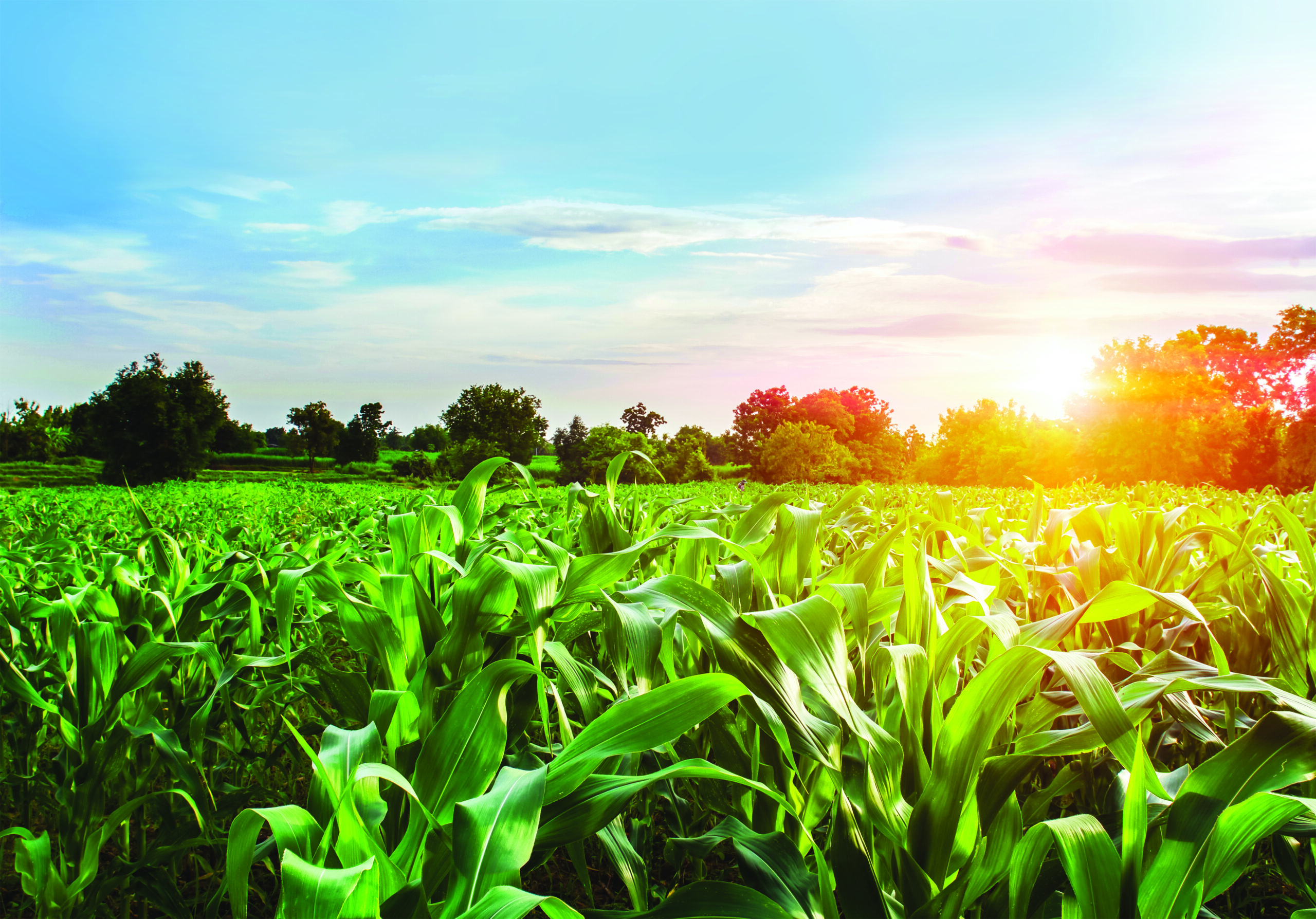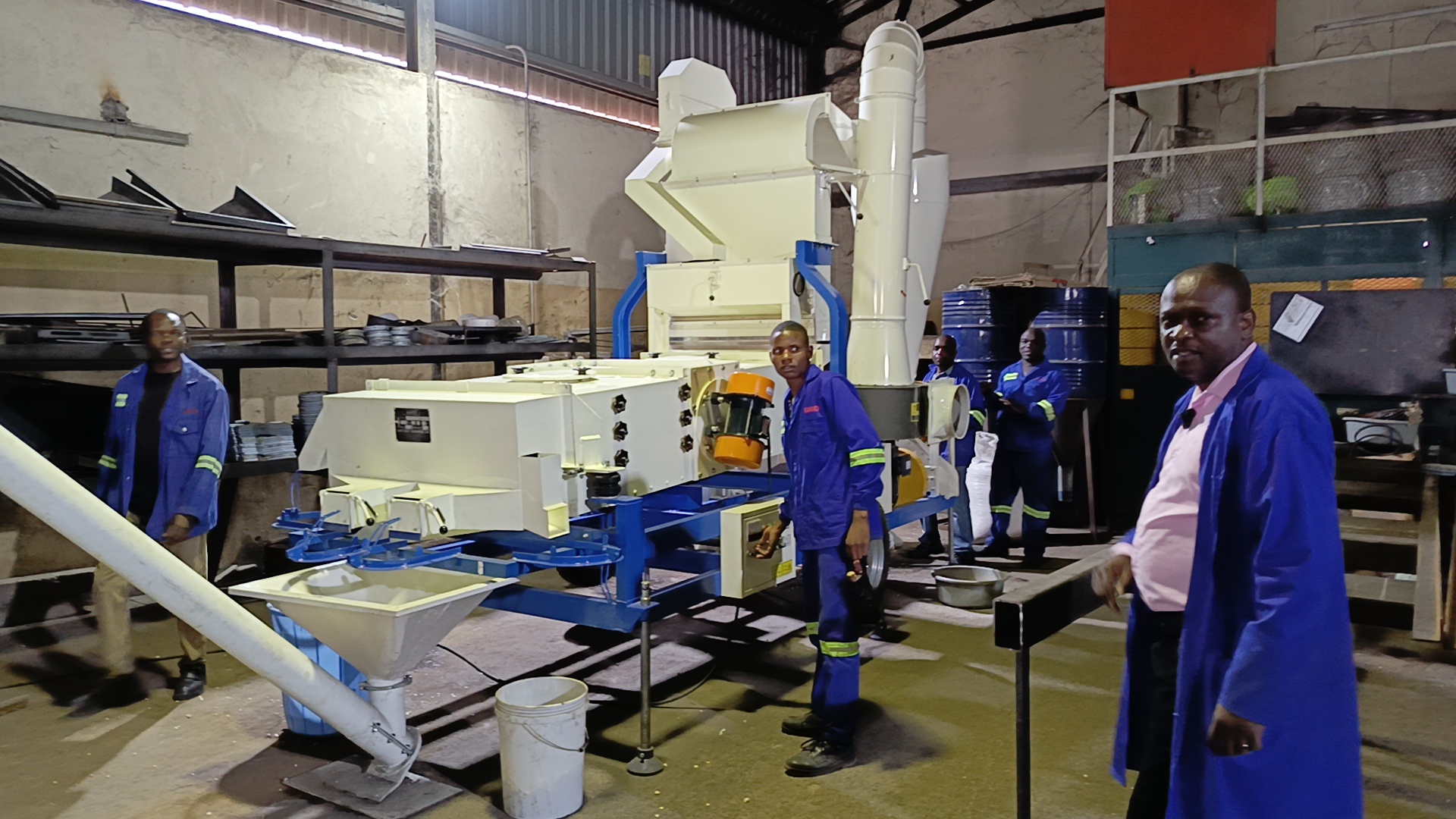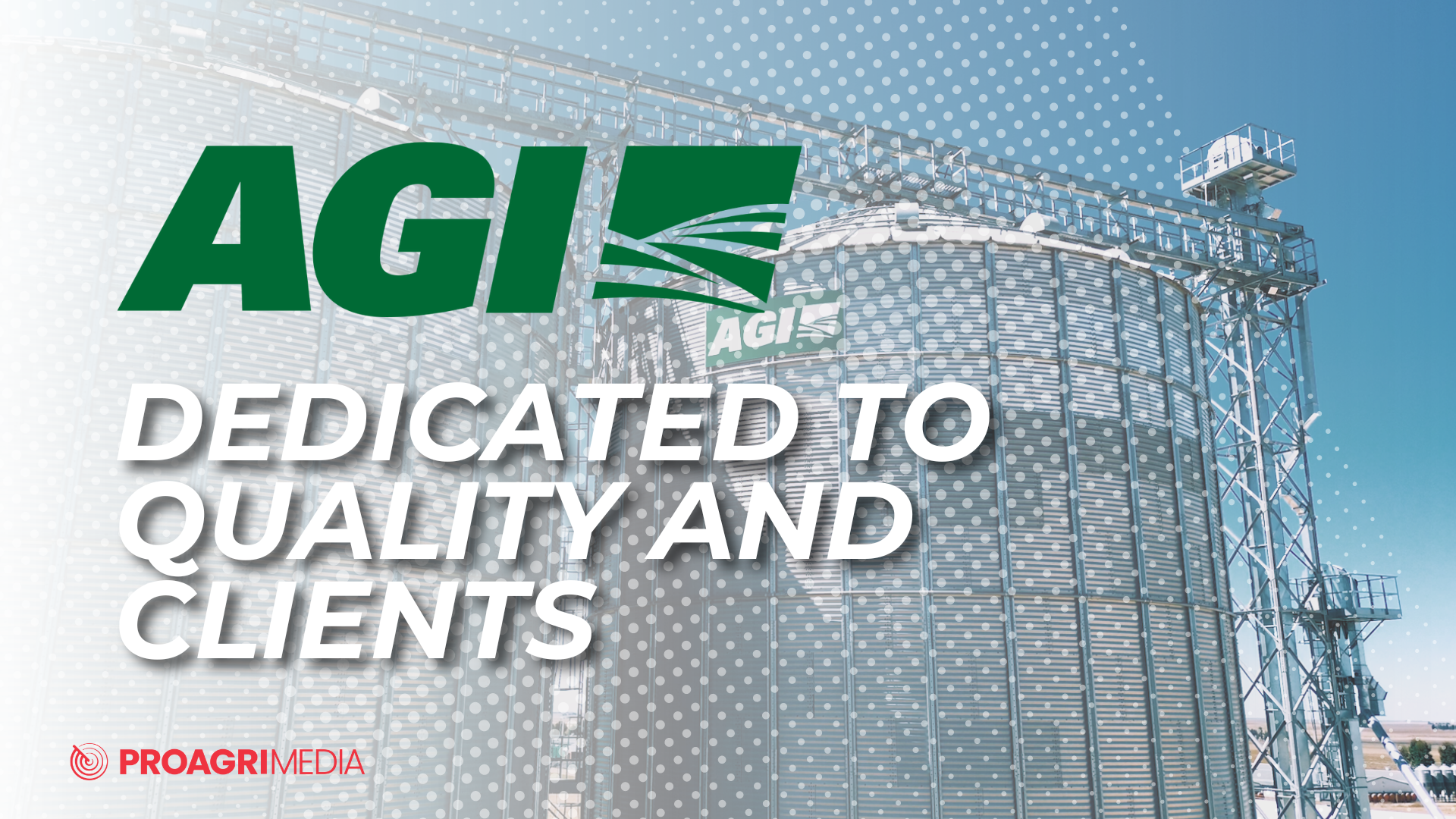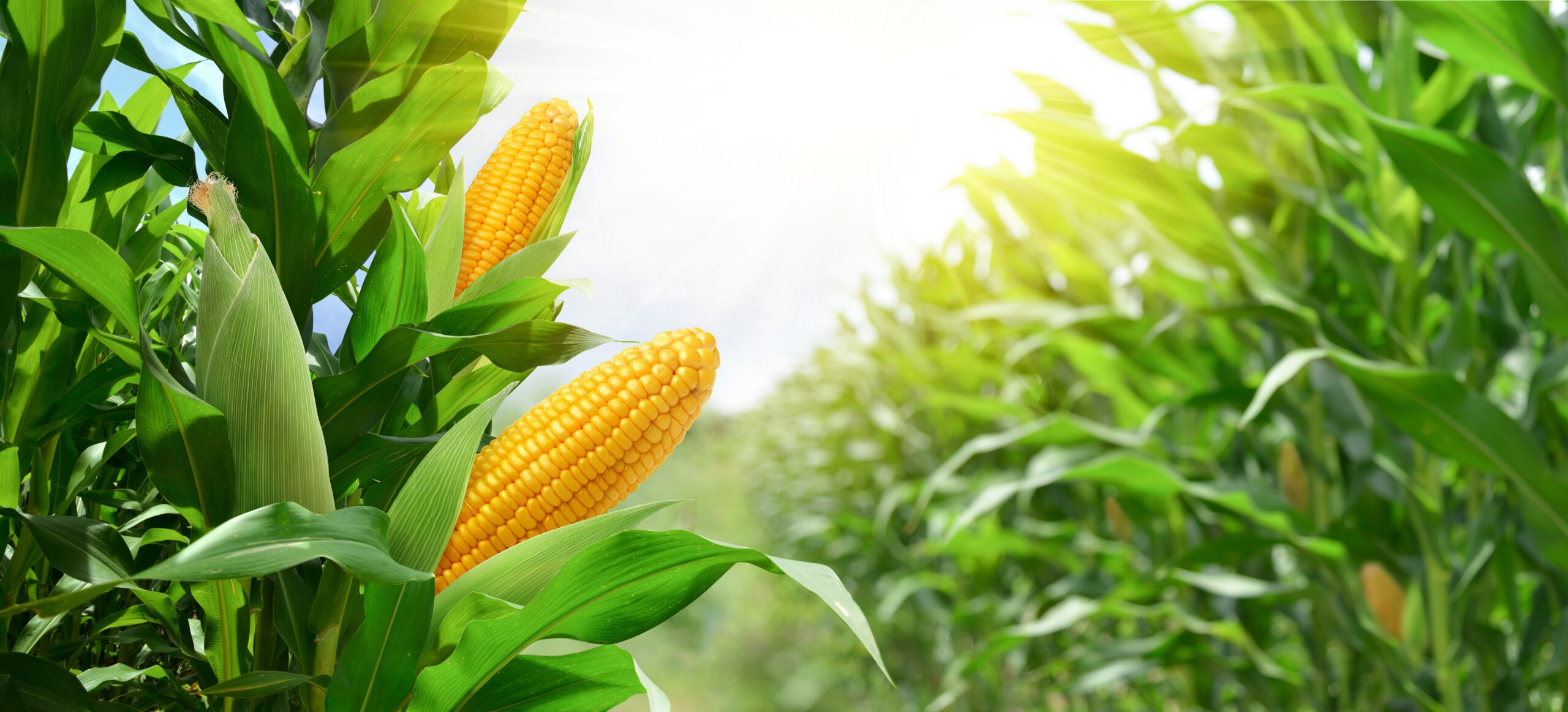Unlike nitrogen (N) and phosphorus (P), the majority of soils in Africa are historically considered to be rich in potassium (K). However, farmers should keep in mind that not all K existing in the soil is available for root uptake and plant assimilation.
Scientists distinguish four forms of K contained in soils: structural, non-exchangeable, exchangeable, and water-soluble.
The major portion of the total soil K is associated with silicate rocks and minerals. It constitutes fixed or non-exchangeable forms and makes up to 92% to 98% of the total K reserve. Rocks are subjected to a slow weathering process when exposed to water, acids, and temperature fluctuations.
As a result, K is released from chemically bonded compounds and transformed into exchangeable and water-soluble forms that are considered to be available for uptake by plants. Further, 98% of readily available K is held by negatively charged clay minerals and organic matter in soils, and 2% in water solution.
All K forms exist in dynamic equilibrium with one another, and their relative shares vary from one location to the other.
In summary, more than 90% of total soil K is not available for crops, up to 9% requires time and special conditions (availability of water, heat, and microbial activity) to dissolve into soil solutions, and less than 1% can be intercepted by crop roots. When not replenished with fertilisers containing K and recycled crop residues, the readily available forms of K are depleted.
K deficiency limits the uptake of other nutrients, in particular, N, which:
- Leads to the reduction of the root system.
- Causes premature desiccation of leaves.
- Negatively impacts the plants’ capability to resist abiotic and biotic stress conditions.
Vegetables and fruits are particularly sensitive to K availability because it determines yield and fruit quality, shelf life, and content of valuable substances, such as vitamins and starch.
To maintain adequate levels of soil K, inorganic fertilisers should be applied based on crop demand and soil test results. However, in many African countries, farmers follow common fertiliser application guides, also called “blanket fertiliser recommendations”, which usually leads to excess application in some areas and under-fertilisation in others, or to improper balance of nutrients for a particular soil or crop.
Choosing the right fertiliser type to deliver K to crops
Each grower and agronomist follows his own recipe, considering a unique combination of factors. Using the complex approach that includes NPK fertiliser (compound or blend), manures, crop residues and straight fertilisers, is one of the ways to deliver nutrients in demanded quantity and preserve soil fertility.
Potassium chloride, also called muriate of potash or simply MOP, is the most concentrated source of K among fertilisers. It contains 60% K2O, therefore only a few bags can be used to compensate for shortages of required K after an NPK application. Given the short window and hectic time at the beginning of the season, as well as increasing K demand with plant growth, MOP can be side-dressed later along with more nitrogen.
For more information about your field potential, fertilisers required and application dosages per plant, visit our digital services at www.ufertilizers.com under “Information for farmers” tab.

